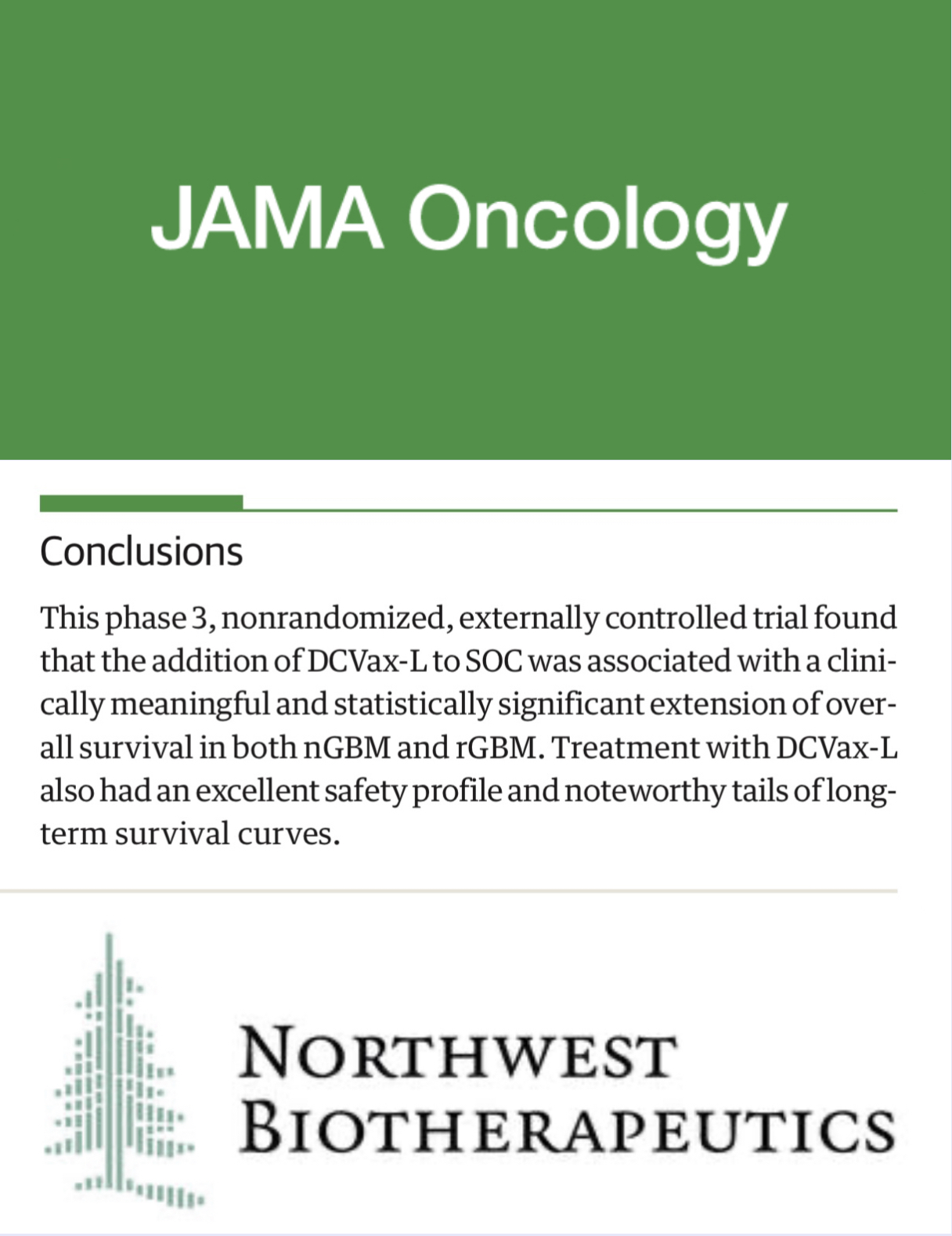Incidence and Risk Factors of Interval and Screen-Detected Breast Cancer
IF 22.5
1区 医学
Q1 ONCOLOGY
引用次数: 0
Abstract
ImportanceMammographic screening is the only proven method for early detection and mortality reduction of breast cancer (BC). However, many patients are missed at prior screening; thus, they receive their diagnosis between the interval of screening rounds, called interval cancer (IntCa). Some IntCas are fast growing between screening rounds.ObjectiveTo investigate the incidence and proportion of IntCa and screen-detected breast cancer (ScrCa) and identify factors associated with IntCa.Design, Setting, and ParticipantsThis population-based cohort study was conducted from January 1989 to March 2020, with follow-up until 2020 and a mean (SD) follow-up of 13 (8.3) years. The statistical analysis was performed from February 2023 to June 2024. It included cancer-free women (N = 527 144) residing in Stockholm, Sweden, who were invited to undergo mammography screening (aged 40-74 years) during 1989 to 2020. An additional cohort of women were included who were participating in the Karolinska Mammography Project for Risk Prediction of Breast Cancer study and had mammography data available.ExposuresFamily cancer history (defined from the Swedish Multi-Generation Register and Cancer Register), mammographic density, and various demographic, reproductive, and other factors (multiple Swedish registers).Main Outcomes and MeasuresIncidence of ScrCa and IntCa (defined from the Swedish Cancer Register in conjunction with individual screening histories).ResultsA total of 29 049 women (5.5%) received a diagnosis of BC, of whom 10 631 (2.0%) had ScrCa and 4369 (0.8%) IntCa. ScrCa and IntCa incidences increased during the period. The proportion of IntCa among screened patients with BC was around 30%, which decreased with older age. Factors associated with increased risk of IntCa included older age at first childbirth, higher education level, hormone replacement therapy, and higher mammographic density. Risk estimates of family cancer history on IntCa were family history of BC (hazard ratio [HR], 1.85; 95% CI, 1.72-1.99), family history of IntCa (HR, 2.92; 95% CI, 2.39-3.55), and hereditary breast and ovarian cancers (HR, 1.45; 95% CI, 1.36-1.54), with risk further elevated with the number of relatives who received a diagnosis when younger than the median age. Women with IntCa were more likely to have estrogen receptor (ER)–negative cancers than women with ScrCa (22% vs 11%), and having family history of ER-negative BC was associated with 3-fold risk for ER-negative IntCa.Conclusions and RelevanceThe results of this cohort study suggest that IntCa rates have not decreased with age-based screening, and implementing risk-based screening considering IntCa-specific risk factors is necessary for improving outcomes.间隔期和筛检乳腺癌的发病率和危险因素
重要性x线摄影筛查是乳腺癌(BC)早期发现和降低死亡率的唯一有效方法。然而,许多患者在先前的筛查中被遗漏;因此,他们在两次筛查之间接受诊断,称为间隔期癌症(IntCa)。一些intca在两次筛查之间快速增长。目的探讨筛查乳腺癌(screen-detected breast cancer, scscca)和IntCa的发生率及比例,探讨与IntCa相关的因素。设计、环境和参与者这项基于人群的队列研究于1989年1月至2020年3月进行,随访至2020年,平均(SD)随访13(8.3)年。统计分析时间为2023年2月至2024年6月。它包括居住在瑞典斯德哥尔摩的无癌妇女(N = 527144),她们被邀请在1989年至2020年期间接受乳房x光检查(40-74岁)。另外一组妇女被纳入卡罗林斯卡乳房x光检查项目乳腺癌风险预测研究,并有乳房x光检查数据。暴露:家族癌症病史(从瑞典多代登记和癌症登记中定义),乳房x线摄影密度,各种人口统计学,生殖学和其他因素(多个瑞典登记)。scca和IntCa的发生率(根据瑞典癌症登记和个人筛查史定义)。结果29 049例(5.5%)女性确诊为BC,其中ScrCa 10631例(2.0%),IntCa 4369例(0.8%)。在此期间,scca和IntCa的发病率有所增加。在筛查的BC患者中,IntCa的比例约为30%,随着年龄的增长而下降。与IntCa风险增加相关的因素包括初产年龄较大、教育程度较高、激素替代治疗和乳房x光检查密度较高。IntCa家族史的风险估计为BC家族史(风险比[HR], 1.85;95% CI, 1.72-1.99), IntCa家族史(HR, 2.92;95% CI, 2.39-3.55),以及遗传性乳腺癌和卵巢癌(HR, 1.45;95% CI, 1.36-1.54),随着年龄小于中位年龄接受诊断的亲属人数的增加,风险进一步升高。患有IntCa的女性比患有ScrCa的女性更容易患雌激素受体(ER)阴性癌症(22% vs 11%),并且有ER阴性BC家族史的女性患ER阴性IntCa的风险是雌激素受体阴性的3倍。结论和相关性本队列研究的结果表明,基于年龄的筛查并没有降低IntCa的发生率,考虑到IntCa特异性危险因素,实施基于风险的筛查对于改善预后是必要的。
本文章由计算机程序翻译,如有差异,请以英文原文为准。
求助全文
约1分钟内获得全文
求助全文
来源期刊

JAMA Oncology
Medicine-Oncology
自引率
1.80%
发文量
423
期刊介绍:
JAMA Oncology is an international peer-reviewed journal that serves as the leading publication for scientists, clinicians, and trainees working in the field of oncology. It is part of the JAMA Network, a collection of peer-reviewed medical and specialty publications.
 求助内容:
求助内容: 应助结果提醒方式:
应助结果提醒方式:


